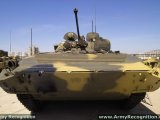- Joined
- Nov 30, 2020
- Messages
- 1,742
- Likes
- 9,893
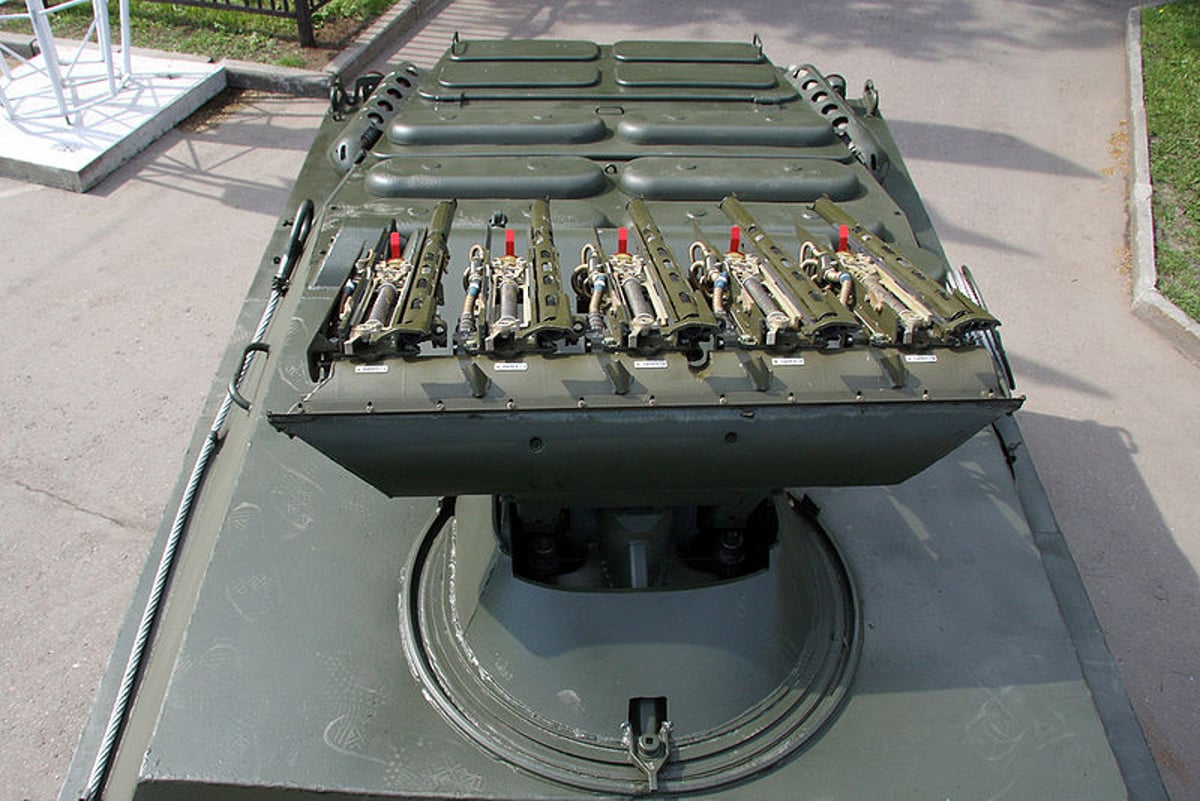
That's comparable to Tejas Mark1 & MWF, a platform based on an older predessor.Ofb ficv is real upgrade of bmp 2 as it's not a ficv but a scaled up bmp 2


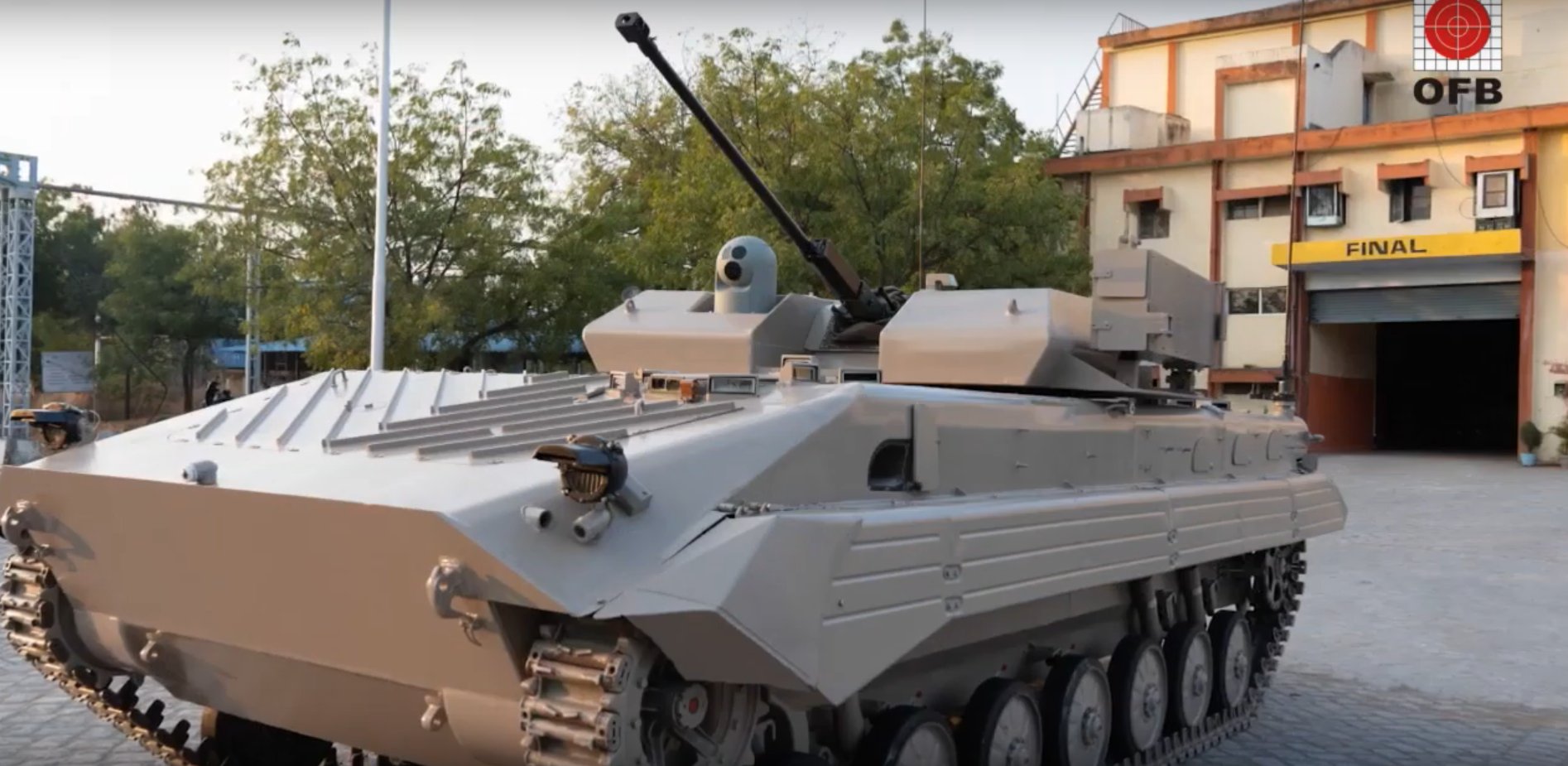
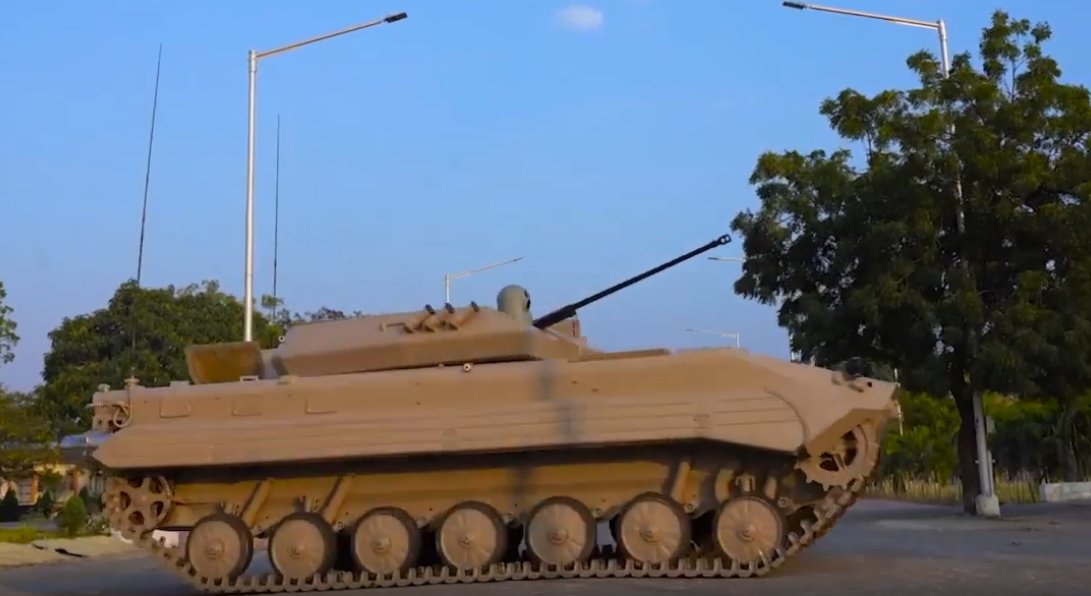
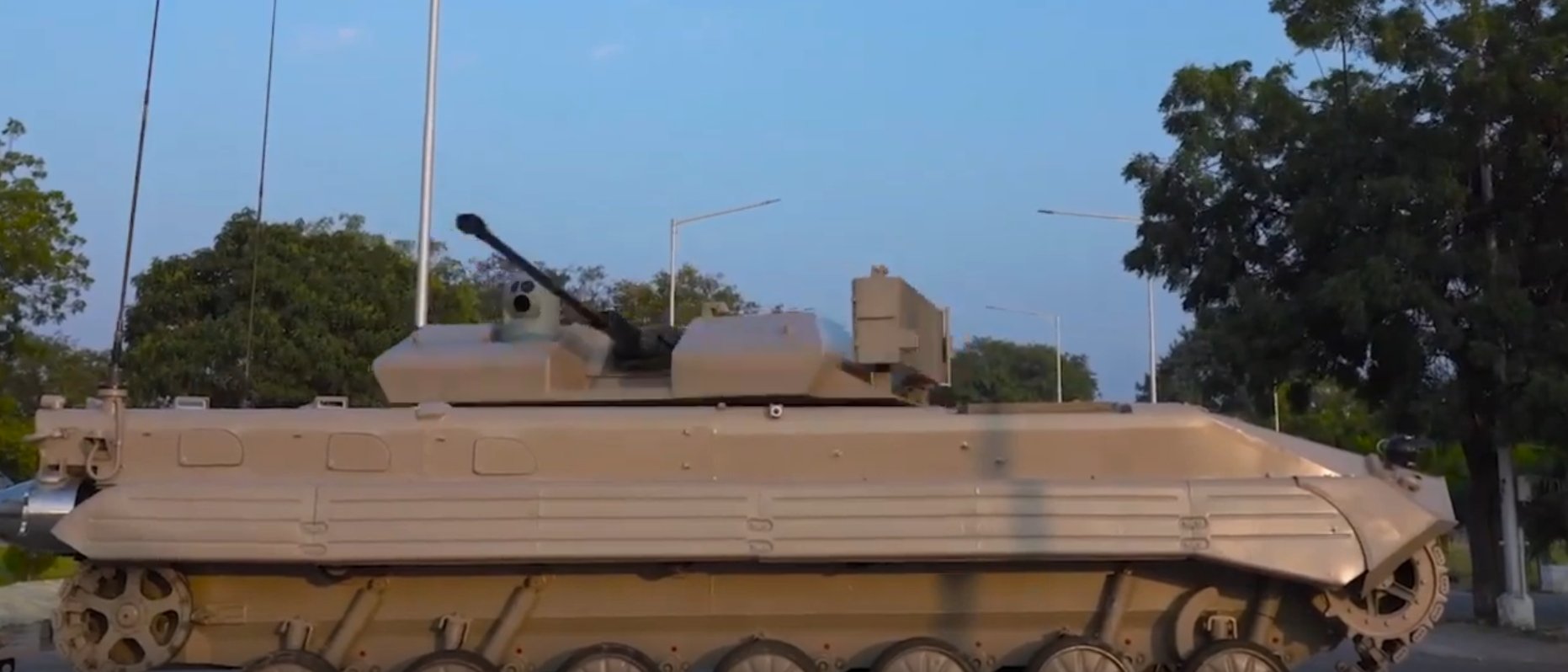
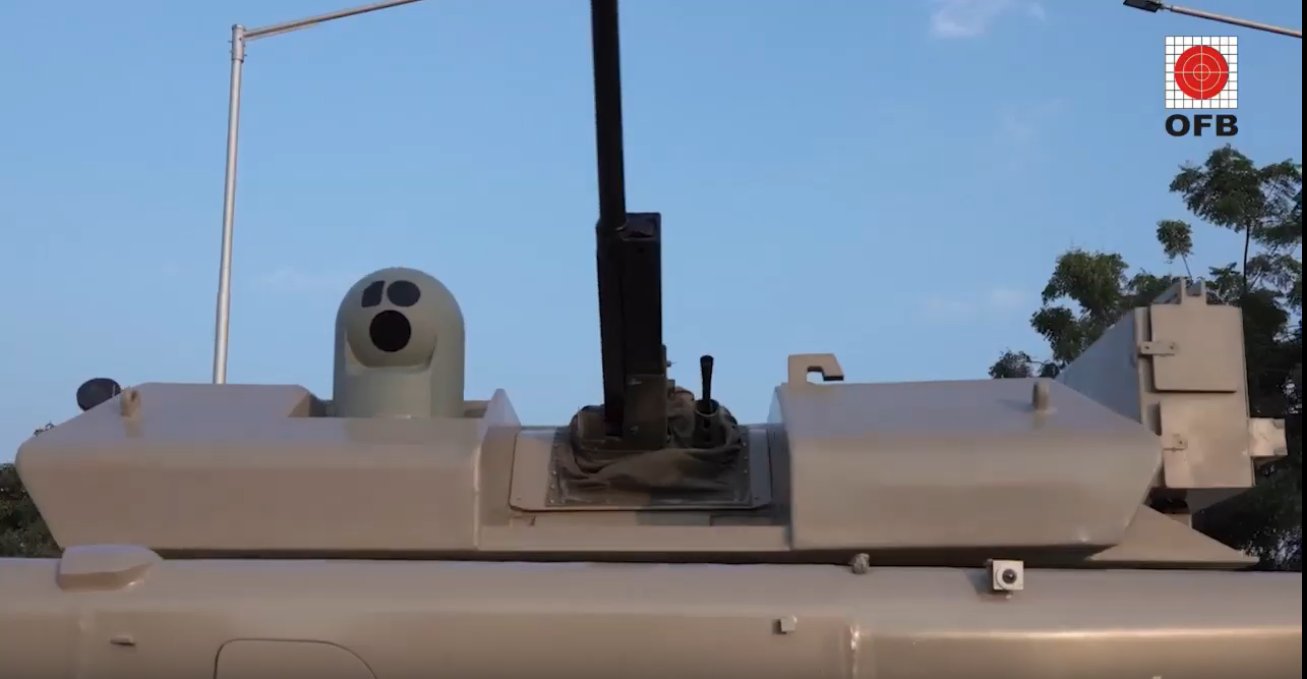
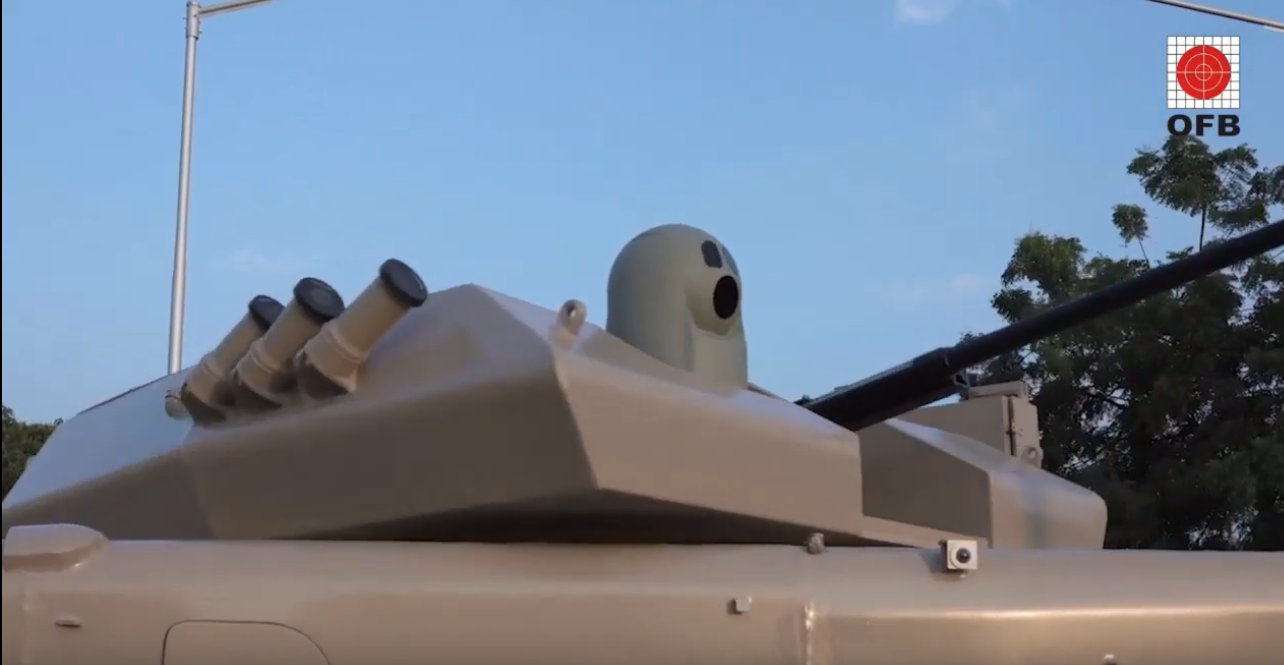
Sootiyas didnt even changed the sides .






Is this upgraded bmp 2 or ficv
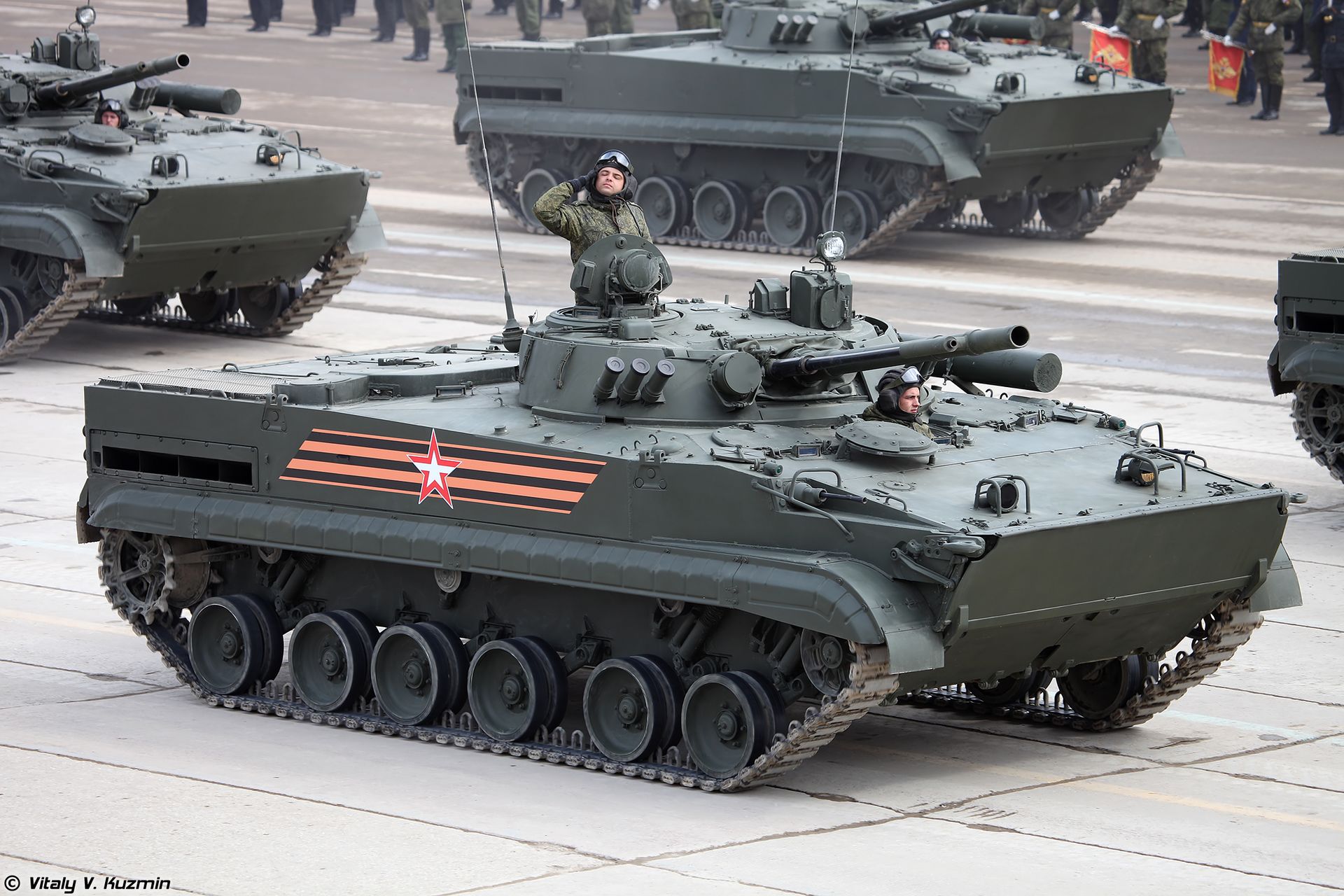
It's 2016 news.Russia, India agree to jointly produce BMP-3
The Texmaco Rail & Engineering Company announced it had signed a MoU with Rosoboronexport for licenced production in India of Russian armoured vehicles.
The Indian train manufacturer, Texmaco Rail & Engineering Company, has signed a memorandum of understanding with Rosoboronexport. This document concerns an agreement on the licensed production of Russian armoured vehicles by the Indian company, according to various news reports.
The agreement was signed to facilitate the transfer of Russian technology during implementation of joint projects. This involves the repair and modernization of armoured vehicles, currently being used in the Indian Army, launch of the co-production of the BMP-3 and the “development and production of futuristic models” of armoured technologies.
Russia proposed in 2012 that India purchase the BMP-3, but the Indian side rejected this offer. The new agreement indicates that India has in fact accepted the earlier Russian proposal.
In December 2013, the media reported that India had refused to purchase the infantry combat vehicles being proposed by Russia (this also involved licenced production), having decided to build its own armoured vehicle – the FICV (Futuristic Infantry Combat Vehicle). However, the task of building its own armoured vehicles posed difficulties for Indian industry, with no clear ideas as to when this could be accomplished.
Currently, the Indian armed forces operate Soviet-made BMP-1 and BMP-2 infantry combat vehicles, but Indian military commanders are no longer satisfied with this old technology. Reports have also appeared that India was planning to conduct large-scale modernization of its BMP-2 fleet.
.
Russia, India agree to jointly produce BMP-3
The Texmaco Rail & Engineering Company announced it had signed a MoU with Rosoboronexport for licenced production in India of Russian armoured vehicles.www.rbth.com

sometimes I feel this Wolfpack account is a bot, positing random old news every now and then.It's 2016 news.




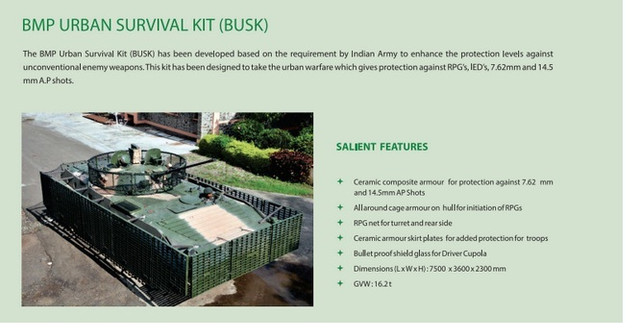
DRDo hired Isis guys for the design.
These are very old designs. BUSK upgrade was first showcased in Defence expo 2012. Before the birth of ISIS.DRDo hired Isis guys for the design.
No wonder army dissed all their products.
Description |
The BMP-2 is a tracked infantry armored fighting vehicle designed and manufactured by the Russian defence industry. This vehicle was based on the Russian-made BMP-1. The BMP-2 was manufactured under license in India under the name of "Sarath", and also in some eastern countries, as the Czech Republic under the name of BVP-2. The BMP-2 infantry fighting vehicle is designed to enhance mobility, firepower and protection of mounted infantrymen on the battlefield under NBC (Nuclear, Biological and Chemical) attack. The BMP-2 enters in service with the Russian armed forces in 1980, and the vehicle was seen for the first time in public during a military parade on the Red Square in Moscow, in November 1982. The BMP-2 was deployed by the Russian army during the war in Afghanistan. The vehicle is currently in use in African countries for UN missions. |
| Main Variants |
- BMP-2D: variant with add-on armour - BMP-2E: by injecting diesel fuel into the exhaust outlet on the right side of the hull. - BMP-2K: command variant with two antennas mounted on the rear of the hull, one behind the turret and one on the right-hand side of the rear of the vehicle, one IFF antenna on the left-hand side of the rear of the vehicle and a support for a telescopic mast in the front of the IFF antenna. The firing port equipped with the periscope was removed from either side of the vehicle. - BMP-2M: with an upgrade of armament and powerpack - BMP-2 Kliver: with one 30mm automatic cannon and four anti-tank launchers mounted on the right side of the turret - BMO-1: Transport vehicle for a flamethrower squad, armed with 30 RPO-A "Shmel" napalm rocket launchers of 93 mm. |
| Technical Data | ||||
| Back to top | ||||
|
| Propulsion |
The engine and transmission are to the right of the driver's compartment with the air inlet and outlet louvers on top of the hull. The BMP-2 IFV is motorized with a four-stroke, six-cylinder Model UTD-20 supercharged diesel engine developing 285/300 hp at 2,600 rpm. The torsion bar suspension of BMP-2 consists of each side with six roadwheels with the drive sprocket at the front, idler at the rear and three track return rollers. The upper part of the suspension is protected by armour plates. The BMP-1 is able to reach a maximum road speed of 65km/h with a maximum road range of 600 km. The BMP-1 can climb a side slope of 30% and a gradient of 60%, cross a trench of 2.5m and a vertical obstacle of 0.7m. |
| Accessories |
The BMP-2 is fully amphibious and propelled in the water by its tracks at a maximum speed of 7 km/h. An infra-red searchlight is mounted coaxial to the right of the 30-mm cannon and the commander also has a roof-mounted infra-red searchlight model OU-3GA2. Standard equipment on the BMP-2 includes a full range of night vision equipment for commander, gunner and driver, a fire extinguishing system, a GPK-59 gyrocompass system, a PAZ overpressure NBC system, an engine preheater and a turret extractor fan. For mine clearing, the BMP-2 is outfitted with mine-clearing equipment mounted at the front of the vehicle. |
| Specifications | ||||||||||||||||||||||
| Back to top | ||||||||||||||||||||||
|
